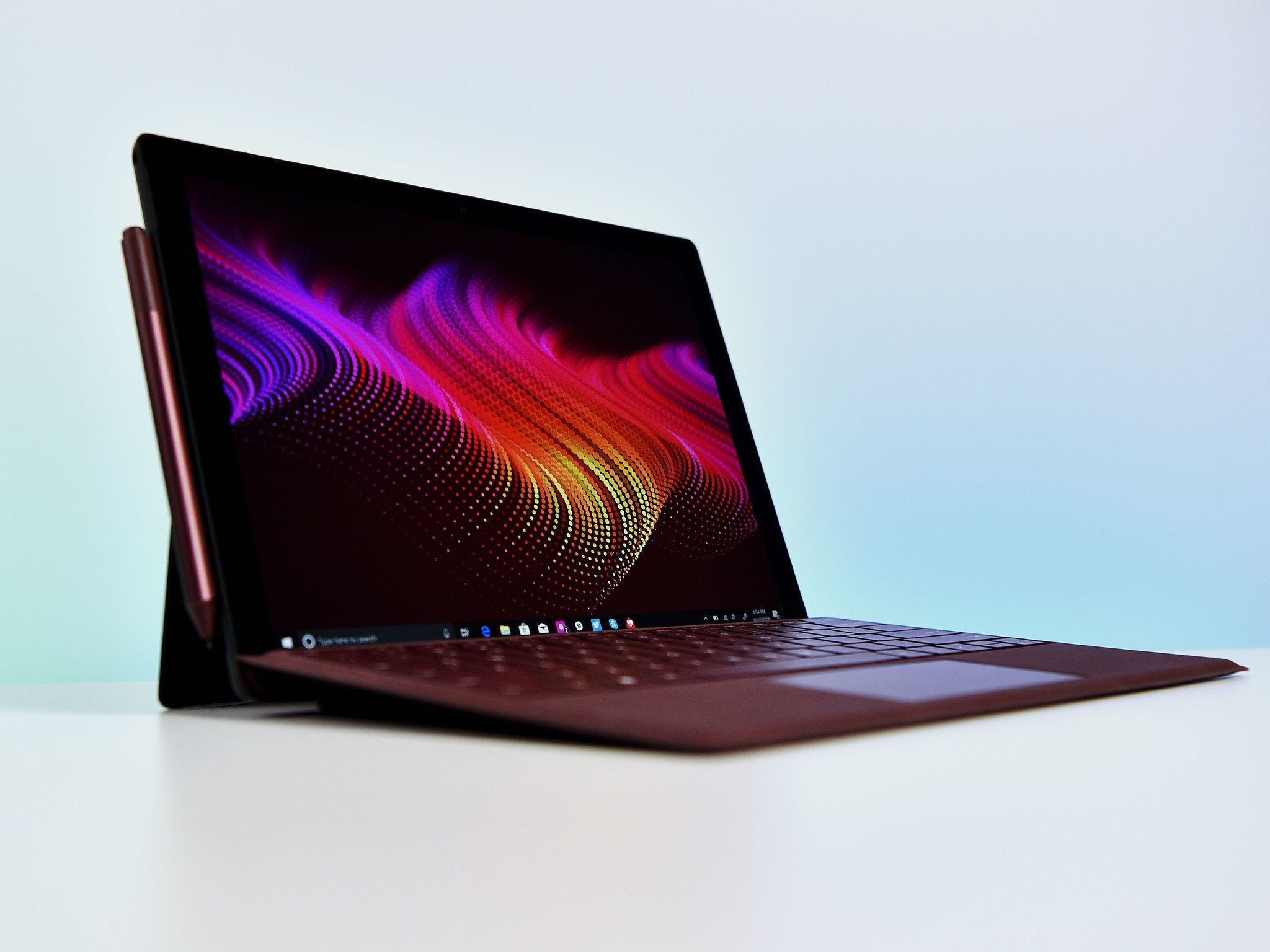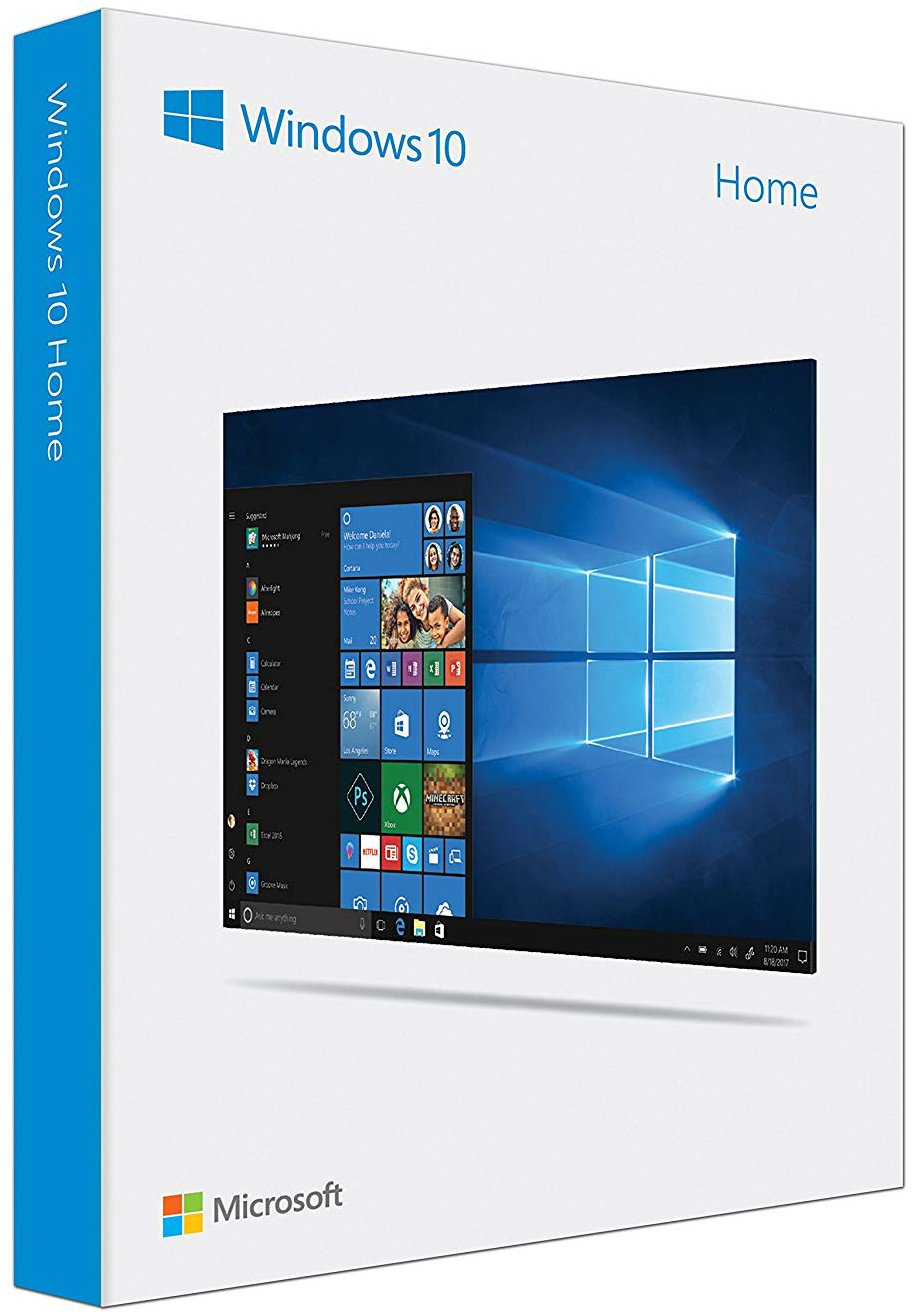Microsoft pushes fixes to Windows 10 April 2018 Update and older versions
Get ready for another round of bug fixes.

Alongside fresh Windows Insider builds today, Microsoft is also pushing out a batch of cumulative updates for older versions of Windows 10. Specifically, PCs still on the Windows 10 April 2018 Update and older will be treated to a fresh batch of fixes and security updates (via Neowin). Notably, the October 2018 Update, which is the latest public Windows 10 release, is absent from this round of updates.
If you're on the April 2018 Update, you can snag KB4489894, which ticks the build number up to 17134.677. Here's a look at what's included:
- Addresses an issue with a Microsoft Access 97 database that stops a requested operation when a table or column has custom properties.
- Addresses an issue that prevents Microsoft Office updates from downloading from the Microsoft Store.
- Updates time zone information for Buenos Aires, Argentina.
- Addresses an issue with Microsoft Office Visual Basic for Applications that fails to use the Japanese Era registry settings for dates in the Japanese format. For more information, see KB4469068.
- Updates time zone information for Kazakhstan.
- Updates time zone information for São Tomé and Príncipe.
- Addresses an issue that prevents users from enabling gan-nen support for the Japanese Era. For more information, see KB4469068.
- Addresses an issue that causes a device to periodically stop responding when using an East Asian locale.
- Addresses a reliability issue that may cause a laptop screen to remain black after resuming from Sleep if you close the lid when disconnecting from a docking station.
- Addresses an issue with the Group Policy, "Turn off app notifications on the lock screen".
- Addresses an issue that may prevent users from signing in and cause account lockouts when using the App-V client to start applications. The issue occurs because Kerberos authentication fails when trying to get user information from the domain name server (DNS). Modify the following registry key:
- Setting: UseDcForGetUserInfo
- Path: HKEY_LOCAL_MACHINE\SOFTWARE\Microsoft\AppV\Shared\
- Type: REG_DWORD
- Value: Setting the following DWORD to nonzero will enable the solution.
- Addresses an issue with the Windows lock screen that prevents users from unlocking a device after multiple smart card users have used the same device. This issue occurs when you attempt to use a workstation that another user has locked.
- Addresses an issue that prevents the authentication credentials dialog from appearing when an enterprise web server attempts to connect to the Internet.
- Addresses an issue that causes a client or server to restart when using a smart card to log in with User Name Hints to an Azure Active Directory (AAD) joined machine using Remote Desktop Services.
- Addresses an issue in which multiple device entries exist for a single, hybrid domain joined device.
- Addresses an issue that removes the ALLOWCLSIDS policy from the policy XML file when you run the Add-SignerRule for Windows Defender Application Control.
- Addresses an issue that prevents a virtual smart card from starting when running in conjunction with Citrix 7.15.2000 Workstation VDA software.
- Addresses an issue that prevents a user from authenticating and causes Windows Account Manager (WAM) to fail when using a Trusted Platform Module (TPM).
- Addresses an issue that causes certificate renewal to fail when using CERT_RENEWAL_PROP_ID with the ICertPropertyRenewal interface.
- Adds a new Group Policy setting called "Enable Windows to soft-disconnect a computer from a network". This determines how Windows will disconnect a computer from a network when it determines that the computer should no longer be connected to the network.
- If enabled, Windows will soft-disconnect (disconnection is not immediate or abrupt) a computer from a network.
- If disabled, Windows disconnects a computer from a network immediately.
- If not configured, the default behavior is soft-disconnect. For more information about soft-disconnect, see Understanding and configuring Windows Connection Manager.
- Path: Computer Configuration\Policies\Administrative Templates\Network\Windows Connection Manager
- Addresses an issue that may cause the error, "Stop 0x133" in NTFS.sys.
- Addresses an issue that causes Windows to reuse an expired Dynamic Host Configuration Protocol (DHCP) lease if the lease expired while the OS was shutdown.
- Addresses an issue that may cause the Virtual Machine Management Service (VMMS) to stop working. This issue occurs when executing a Live Migration using a Measure-VM cmdlet or any metric Windows Management Instrumentation (WMI) query.
- Addresses an issue in which the graphics device interface (GDI) DeleteObject() may cause the calling process to stop working when both of the following conditions are true:
- The calling process is a WOW64 process that handles memory addresses larger than 2 GB.
- The DeleteObject() is called with a device context that is compatible with a printer device context.
- Provides seamless integration with Microsoft Cloud App Security (MCAS) to discover cloud app usage inside and outside the corporate network for Windows Defender Advanced Threat Protection (ATP) customers.
- Enhances automated investigation and remediation, including memory forensics, for Windows Defender ATP customers.
- Addresses an issue that prevents the "Turn off app notifications on the lock screen" policy from working. The path is "Computer Configuration\Administrative Templates\System\Logo".
- Addresses minor issues with unknown options (unknown OPT) in the Extension Mechanisms for DNS (EDNS) for the Windows DNS Server role.
There is a similar, lengthy set of fixes and improvements available for prior versions of Windows 10, going back to the Windows 10 Anniversary Update. For the full list, you can check out Microsoft's support site. Otherwise, you can head to Windows Update now to grab the latest fixes.

Microsoft's bread and butter
Windows is king of the OS castle and chances are, if you're reading Windows Central, you're probably doing it from a Windows PC. Windows 10 is the most dynamic version of Windows yet, with Microsoft's development focused on shipping new features and updates faster than any previous version of the OS.
All the latest news, reviews, and guides for Windows and Xbox diehards.

Dan Thorp-Lancaster is the former Editor-in-Chief of Windows Central. He began working with Windows Central, Android Central, and iMore as a news writer in 2014 and is obsessed with tech of all sorts. You can follow Dan on Twitter @DthorpL and Instagram @heyitsdtl.
